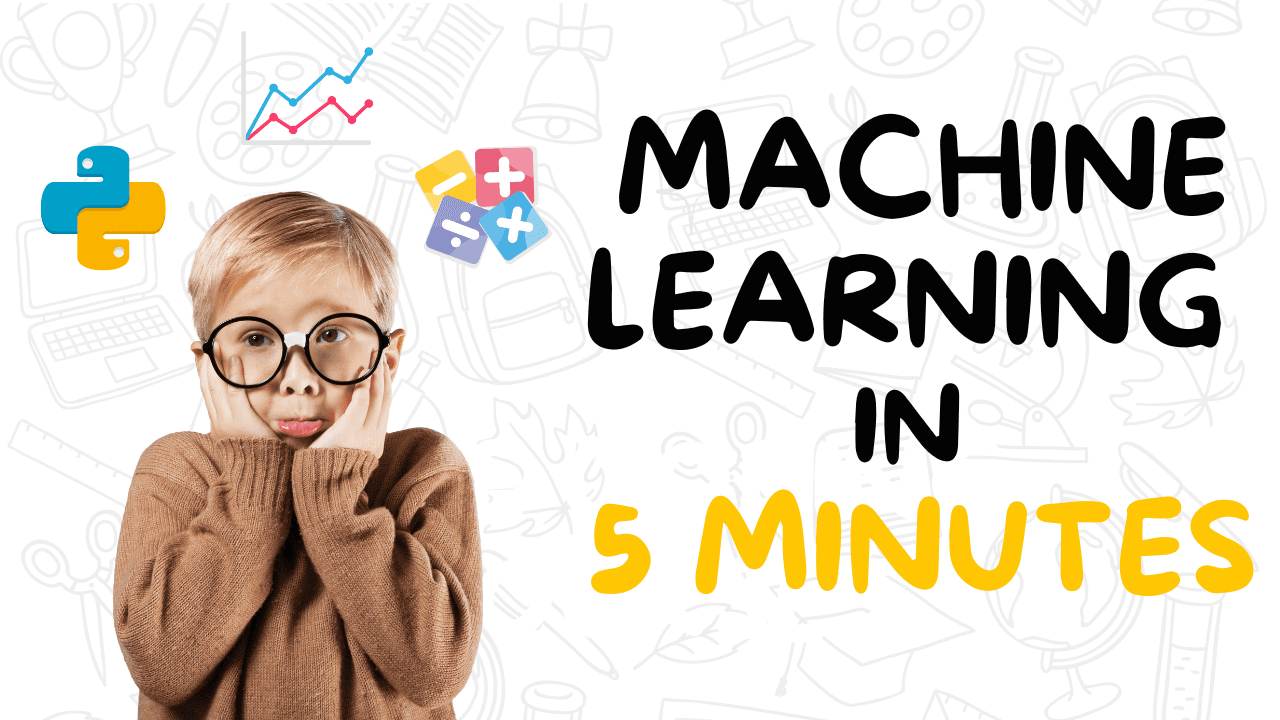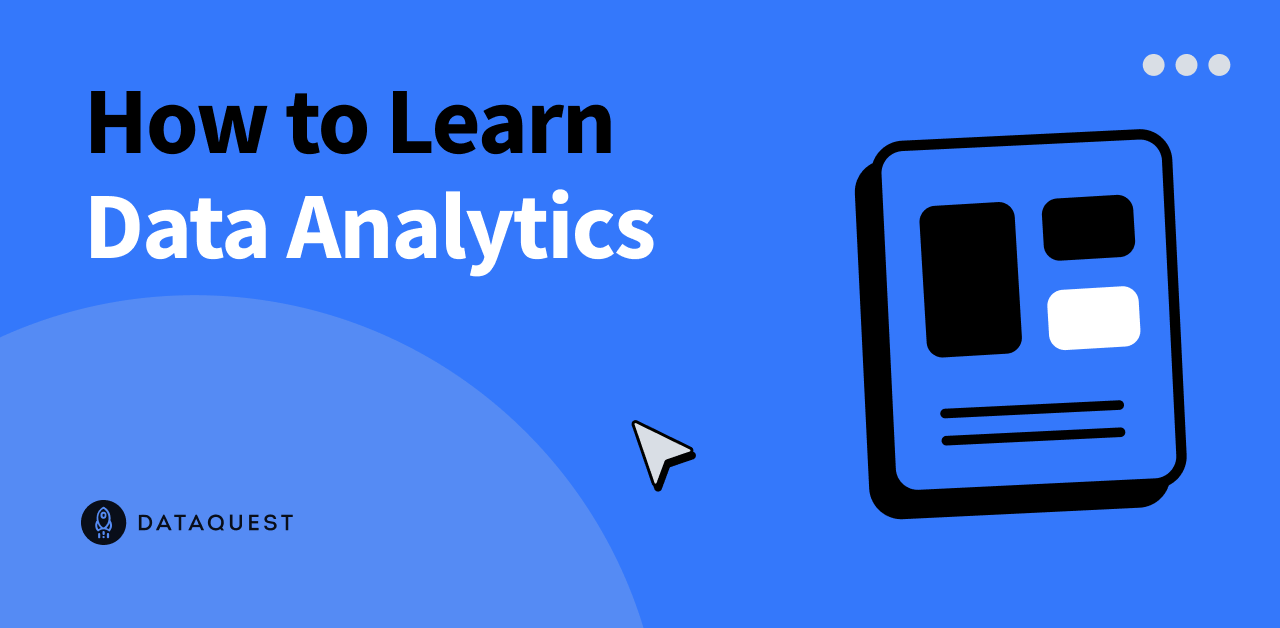In the evolving landscape of manufacturing, the transformative power of AI and machine learning (ML) is evident, driving a digital revolution that streamlines operations and boosts productivity. However, this progress introduces unique challenges for enterprises navigating data-driven solutions. Industrial facilities grapple with vast volumes of unstructured data, sourced from sensors, telemetry systems, and equipment dispersed across production lines. Real-time data is critical for applications like predictive maintenance and anomaly detection, yet developing custom ML models for each industrial use case with such time series data demands considerable time and resources from data scientists, hindering widespread adoption.
Generative AI using large pre-trained foundation models (FMs) such as Claude can rapidly generate a variety of content from conversational text to computer code based on simple text prompts, known as zero-shot prompting. This eliminates the need for data scientists to manually develop specific ML models for each use case, and therefore democratizes AI access, benefitting even small manufacturers. Workers gain productivity through AI-generated insights, engineers can proactively detect anomalies, supply chain managers optimize inventories, and plant leadership makes informed, data-driven decisions.
Nevertheless, standalone FMs face limitations in handling complex industrial data with context size constraints (typically less than 200,000 tokens), which poses challenges. To address this, you can use the FM’s ability to generate code in response to natural language queries (NLQs). Agents like PandasAI come into play, running this code on high-resolution time series data and handling errors using FMs. PandasAI is a Python library that adds generative AI capabilities to pandas, the popular data analysis and manipulation tool.
However, complex NLQs, such as time series data processing, multi-level aggregation, and pivot or joint table operations, may yield inconsistent Python script accuracy with a zero-shot prompt. To enhance code generation accuracy, we propose dynamically constructing multi-shot prompts for NLQs. Multi-shot prompting provides additional context to the FM by showing it several examples of desired outputs for similar prompts, boosting accuracy and consistency.
In this post, multi-shot prompts are retrieved from an embedding containing successful Python code run on a similar data type (for example, high-resolution time series data from Internet of Things devices). The dynamically constructed multi-shot prompt provides the most relevant context to the FM, and boosts the FM’s capability in advanced math calculation, time series data processing, and data acronym understanding. This improved response facilitates enterprise workers and operational teams in engaging with data, deriving insights without requiring extensive data science skills.
Beyond time series data analysis, FMs prove valuable in various industrial applications. Maintenance teams assess asset health, capture images for Amazon Rekognition-based functionality summaries, and anomaly root cause analysis using intelligent searches with Retrieval Augmented Generation (RAG). To simplify these workflows, AWS has introduced Amazon Bedrock, enabling you to build and scale generative AI applications with state-of-the-art pre-trained FMs like Claude v2. With Knowledge Bases for Amazon Bedrock, you can simplify the RAG development process to provide more accurate anomaly root cause analysis for plant workers.
Our post showcases an intelligent assistant for industrial use cases powered by Amazon Bedrock, addressing NLQ challenges, generating part summaries from images, and enhancing FM responses for equipment diagnosis through the RAG approach.
**Solution overview**
The following diagram illustrates the solution architecture. The workflow includes three distinct use cases:
**Use case 1: NLQ with time series data**
The workflow for NLQ with time series data consists of the following steps:
1. We use a condition monitoring system with ML capabilities for anomaly detection, such as Amazon Monitron, to monitor industrial equipment health.
2. Amazon Monitron is able to detect potential equipment failures from the equipment’s vibration and temperature measurements.
3. We collect time series data by processing Amazon Monitron data through Amazon Kinesis Data Streams and Amazon Data Firehose, converting it into a tabular CSV format and saving it in an Amazon Simple Storage Service (Amazon S3) bucket.
4. The end-user can start chatting with their time series data in Amazon S3 by sending a natural language query to the Streamlit app.
5. The Streamlit app forwards user queries to the Amazon Bedrock Titan text embedding model to embed this query, and performs a similarity search within an Amazon OpenSearch Service index, which contains prior NLQs and example codes.
6. After the similarity search, the top similar examples, including NLQ questions, data schema, and Python codes, are inserted in a custom prompt.
7. PandasAI sends this custom prompt to the Amazon Bedrock Claude v2 model.
8. The app uses the PandasAI agent to interact with the Amazon Bedrock Claude v2 model, generating Python code for Amazon Monitron data analysis and NLQ responses.
9. After the Amazon Bedrock Claude v2 model returns the Python code, PandasAI runs the Python query on the Amazon Monitron data uploaded from the app, collecting code outputs and addressing any necessary retries for failed runs.
10. The Streamlit app collects the response via PandasAI, and provides the output to users. If the output is satisfactory, the user can mark it as helpful, saving the NLQ and Claude-generated Python code in OpenSearch Service.
**Use case 2: Summary generation of malfunctioning parts**
Our summary generation use case consists of the following steps:
1. After the user knows which industrial asset shows anomalous behavior, they can upload images of the malfunctioning part to identify if there is something physically wrong with this part according to its technical specification and operation condition.
2. The user can use the Amazon Recognition DetectText API to extract text data from these images.
3. The extracted text data is included in the prompt for the Amazon Bedrock Claude v2 model, enabling the model to generate a 200-word summary of the malfunctioning part.
4. The user can use this information to perform further inspection of the part.
**Use case 3: Root cause diagnosis**
Our root cause diagnosis use case consists of the following steps:
1. The user obtains enterprise data in various document formats (PDF, TXT, and so on) related with malfunctioning assets, and uploads them to an S3 bucket.
2. A knowledge base of these files is generated in Amazon Bedrock with a Titan text embeddings model and a default OpenSearch Service vector store.
3. The user poses questions related to the root cause diagnosis for malfunctioning equipment.
4. Answers are generated through the Amazon Bedrock knowledge base with a RAG approach.
**Prerequisites**
To follow along with this post, you should meet the following prerequisites:
**Deploy the solution infrastructure**
To set up your solution resources, complete the following steps:
1. Deploy the AWS CloudFormation template opensearchsagemaker.yml, which creates an OpenSearch Service collection and index, Amazon SageMaker notebook instance, and S3 bucket. You can name this AWS CloudFormation stack as: genai-sagemaker.
2. Open the SageMaker notebook instance in JupyterLab. You will find the following GitHub repo already downloaded on this instance: unlocking-the-potential-of-generative-ai-in-industrial-operations.
3. Run the notebook from the following directory in this repository: unlocking-the-potential-of-generative-ai-in-industrial-operations/SagemakerNotebook/nlq-vector-rag-embedding.ipynb. This notebook will load the OpenSearch Service index using the SageMaker notebook to store key-value pairs from the existing 23 NLQ examples.
4. Upload documents from the data folder assetpartdoc in the GitHub repository to the S3 bucket listed in the CloudFormation stack outputs.
5. Next, you create the knowledge base for the documents in Amazon S3. On the Amazon Bedrock console, choose Knowledge base in the navigation pane. Choose Create knowledge base.
6. For Knowledge base name, enter a name. For Runtime role, select Create and use a new service role. For Data source name, enter the name of your data source. For S3 URI, enter the S3 path of the bucket where you uploaded the root cause documents.
7. Choose Next.The Titan embeddings model is automatically selected. Select Quick create a new vector store.
8. Review your settings and create the knowledge base by choosing Create knowledge base. After the knowledge base is successfully created, choose Sync to sync the S3 bucket with the knowledge base.
9. After you set up the knowledge base, you can test the RAG approach for root cause diagnosis by asking questions like “My actuator travels slow, what might be the issue?”
The next step is to deploy the app with the required library packages on either your PC or an EC2 instance (Ubuntu Server 22.04 LTS). Set up your AWS credentials with the AWS CLI on your local PC. For simplicity, you can use the same admin role you used to deploy the CloudFormation stack. If you’re using Amazon EC2, attach a suitable IAM role to the instance.
Clone GitHub repo: git clone https://github.com/aws-samples/unlocking-the-potential-of-generative-ai-in-industrial-operations Change the directory to unlocking-the-potential-of-generative-ai-in-industrial-operations/src and run the setup.sh script in…
Source link






















